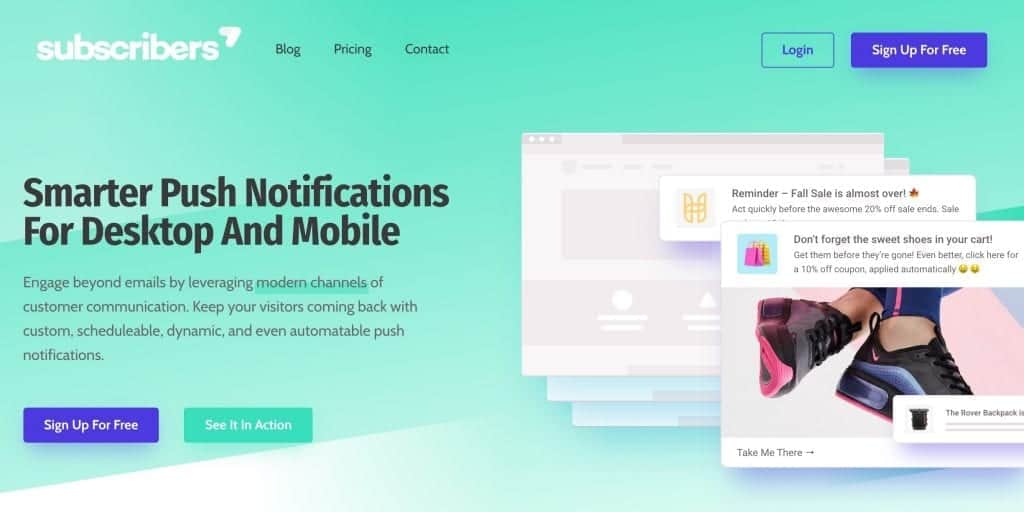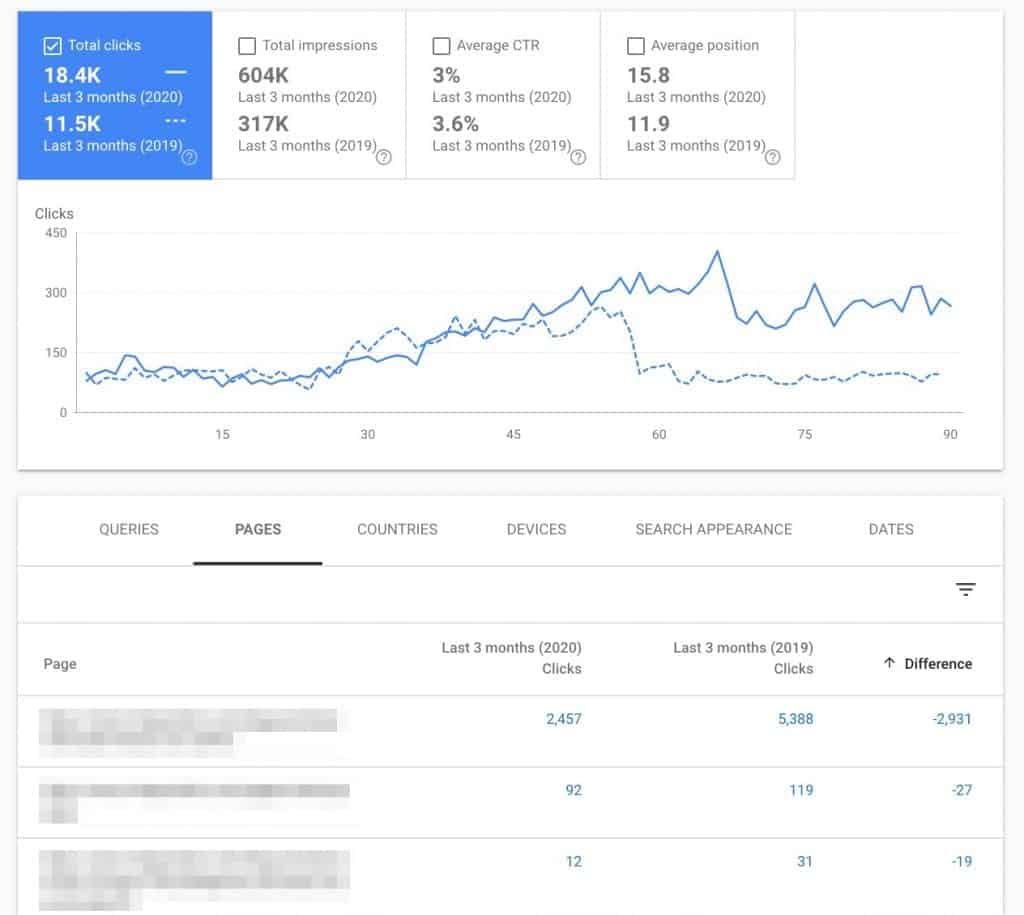I’m currently in the middle of my 30-day writing sprint. I created a content calendar for the first two weeks, but after week 1, I haven’t been keeping up. I am still able to publish an article a day, but it seems like after publishing this massive article of freelancing tips, I found myself struggling to focus and write the articles in my calendar.
That’s why instead of forcing myself to do so, I’m writing about this struggle instead. Here, in this sentence right now, I don’t know what the ending of this article would be. All I know is that I am committed to publishing one article a day this entire month.
If you are experiencing writer’s block or struggling to motivate yourself, know that you are not alone. It’s normal. But, as what hundreds of other articles tell you—keep writing.
“You can always edit a bad page. You can’t edit a blank page.”
― Jodi Picoult
One of the things I shared here is that a scheduling and routines work because you are giving yourself time to actually do the work. It’s the same case now. This time, I’m supposed to write content. This post may not fit in the wider topics of my website such as on digital marketing and on business, but this is part of my journey.
So, since I don’t know what to write about, I’m going to share exactly what I’m doing.
Content Distribution
Distributing content is essential if you want to see results. You can’t expect to just write and publish posts on your own website and expect people to find it. Sure, they might, but it will take probably 5 years before you see results.
And that is if you really create awesome blog posts. Remember, there are billions of content that are competing for the same limited attention out there. It’s not just your direct competitors. There’s endless YouTube videos, unlimited scrolling through Instagram, and thousands of other distractions.
Attention is a zero-sum game. It’s based on a person’s time. And we all have limited time per day. If you don’t get people’s attention, they are going to spend it elsewhere. That’s why it’s important that you distribute your content properly. Here’s what I’m doing.
1. Posting on Medium and LinkedIn Articles
I’ve had a Medium account for a long time. In the last couple of days, I’ve been cleaning it up and posting some of my articles. If you’re also on Medium, don’t forget to follow me there.
Medium has its own set of readers. It’s also a place where quality is more emphasized, especially with the way its curation work. So, in order for my posts to get in front of people who value quality and might benefit from what I write about, I share my posts there.
This is also the same rationale for LinkedIn articles. I remember posting my first article there back in 2015. After publishing two articles, I never touched it again.
Back then, whenever you publish something, all your connections receive a notification about it. That’s how LinkedIn grew its user base in LinkedIn Pulse. Take note that articles are different from your regular status updates. The articles are real long-form articles that can actually rank on Google.
Nonetheless, despite LinkedIn disabling that feature, I still want to republish my articles there. It helps with branding and helps beef up my profile—so it’s really a win-win situation for me. I also get to reach new people who aren’t actively searching for the things I write about, but may be tangentially interested.
2. Email Marketing
I wrote about email marketing a lot, but for the past couple of months, I haven’t been actively working on it. If you are part of my email list, you know there are sopped automated emails getting sent out every now and then. These were setup at least 2 years ago. I checked the numbers and the key metrics are still high.
But it’s not enough.
One of the purpose of email marketing is to build a relationship with your audience. It’s the only way to build a sustainable business. I wrote about this a lot before and why you shouldn’t start selling to people who join your list.
A lot of businesses do that. And most of these websites use email marketing solely as a sales channel. Well, that’s why they aren’t getting ROI from their efforts.
In my case, I started sharing a mix of content from life updates (like me at the start of this post, struggling what to write about) and roundups of popular posts.
I personally believe that success means being different. Not better. But different. In my case, I don’t want to act like a robot and hide behind the computer. That’s why I share stories that are happening to me and what I’m doing.
If you want to join me on my journey, you can do it right here:
3. Notifications
Another distribution channel I recently started using are browser notifications.

From my experience, it’s the opt-in method with the lowest friction at the moment. You don’t have to give out your contact information. All you have to do is say yes (or no) and you can receive updates from the website.
I’m currently using Subscribers, but may switch to another provider. I’m researching on its technical setup and testing it on another site.
4. Social Media
I’m not very active on social media. The reason is that most people tend to gravitate towards accounts with great design. I don’t have the skills for it, so instead of focusing on something i’m weak at, I focus on something I’m better at—automation and scheduling.
This isn’t new. But the idea is to automatically post on different social media sites whenever an article is published on my site. This includes posting on LinkedIn and Twitter.
Then, whenever I have extra time, I expand on this and create multiple social media posts for the same article. Because I rarely write about timely topics and focus on timeless ones, at least from my perspective, I can still share the same link years from now.
For example, this post on the 5 stages of awareness is one of my most-visited pages. I wrote that more than 1.5 years ago. It’s still relevant. It’s still useful. And that’s why it’s also ranking #1 on Google.
One post I recently published is about using Google Optimize just a couple of days ago. It’s getting quite some good traffic compared to other posts. One of the reasons for that is Google Analytics retweeted it and used my quote in the article.
"Optimization is an activity that allows you to test and validate with the ultimate purpose of finding which one performs better against a goal or metric."
— Google Analytics (@googleanalytics) June 5, 2020
How to Use Google Optimize: Setup, Install, Test, Analyze, and Implement https://t.co/c0yiCHPItl /by @aylim14_ #measure pic.twitter.com/JOCqIsYdvn
That’s a positive sign indicating it’s good.
So, I’m preparing some variations of that for sharing on social to get it to fly and get more traffic. If I hadn’t shared that on social media, I wouldn’t have gotten retweeted. I wouldn’t have received the additional traffic solely from that.
Updating Old Content
This is one of the things I do for my clients which helps a lot in getting quick wins. That’s why after doing the same thing for my own site, I noticed a big improvement. Remember, I have been neglecting my own website until recently. So, after following my own advice, look at what happened.

1. Finding Orphaned Content
One of the things I did was to find orphaned content. These are pages or posts on your website that have no incoming internal links. Meaning, people have no chance of finding them.
Links are what connect your website to one another. There’s an entire topic in SEO about this called link architecture or structure. You’ll be amazed at the number of resources on this topic alone.
But the point is you should not have any orphaned posts on your website. If you do, look for them, and fix it. You do that by linking from a related blog post TO that article. It’s as simple as that.
2. Updating Internal Links
When it comes to links, there are two general types: internal and external. As the name implies, internal links are the links that happen within your website. External links are links to websites outside your own domain.
When it comes to internal links, did you know that a proper link structure can help you increase your organic traffic?
This actually makes sense. Internal linking helps the reader find relevant information about certain topics or information. If you look at the links I have on this page, instead of explaining more about a particular topic (say, email marketing), I linked to an existing page of mine that can explain that better instead of writing about it here.
During your update, you group similar topics and that’s where you use internal linking. You don’t mention and link to every piece of content you have, rather, focus only on what makes sense.
This also helps search engines understand your blog post better. The more closely-related the topics and links are, the higher chances for Google to reward your site. This is where the concept of content pillars or cornerstone content comes in.
3. Updating Copy
The last thing you want to do is make sure your copy is up-to-date. Google hates stale and outdated content. It’s irrelevant to the users. That’s why if you don’t update your content frequently, chances are, you’ll lose traffic and rankings to those pages.
Take a look at this example. I filtered the past 3 months data and compared it with the past 3 months of the previous year. It’s showing me that traffic has dropped significantly—that’s over 50%.

This is a sign that that particular page needs to be updated. Of course, it could be that the content copy is still good, but other websites have outranked it for other reasons like getting more backlinks so this page got pushed down. Regardless, it warrants an investigation.
Over to You
If you find yourself staring at a blank page, all you have to do is put some words in and things will flow. Remember, I didn’t know what I’ll be writing about when I started this post. But now, I’m at the end and wrote almost 1,800 words.
I followed other people’s advice and stuck to my schedule—which was to write. And write I did.
Writing is personal. Don’t think that what you do or what you’re doing is boring. Every one of us is unique. Your story is your story. If you don’t write about it, no one would know. In my case, I simply wrote about what I’m doing in general. And I think it turned out to be quite a nice article.
Now comes the editing part. But that’s for another time.
What about you? What do you do when your stuck and can’t find what to write about? I’d love to know.